The Importance of Regular Dental Care for Dogs and Cat
As humans, we understand the importance of good dental care. We diligently visit our dentist once every six months for a professional dental cleaning. And, we brush our teeth twice a day, and floss our teeth several times per week, if not every day. So why do we not make pet dental care the same priority?
Dog dental health and cat dental care are just as important for their health as our human oral hygiene habits are for us in preventing cavities, gum disease, and other health concerns. Left unchecked, dental issues can lead to pain, difficulty eating, and even infections that impact other parts of the body, like the heart or kidneys.
In this article, we’ll share why regular dental care is a must for your furry family members and how to work it into your routine. Because when it comes to keeping your pets happy and healthy, a clean mouth goes a long way.
Why Pet Dental Care Matters
We all joke about dog breath, but if your pup’s panting could knock over a houseplant, it might be time to take a closer look. Plaque and tartar buildup in dogs and cats is more than just a stinky annoyance. It’s the start of something much bigger. When bacteria settle in around your pet’s teeth and gums, it can lead to inflammation, infection, and even tooth loss.
What are the common culprits? Gingivitis, periodontal disease, and in cats, a particularly sneaky issue called tooth resorption, where the tooth starts dissolving from the inside out (trust us, this is no fun for your pet). And unfortunately, these problems don’t stay in your pet’s mouth. Left untreated, bacteria from dental disease can travel through the bloodstream and impact your pet’s heart, liver, and kidneys. You wouldn’t want that to happen to you, so why risk it for your pet?
Thankfully, we have good news for you. Most dental problems are preventable with regular care. And if your dog’s smile is picture-worthy, it’s time to make it last, with good dental care and maybe some custom dog portraits to celebrate that fresh breath. After all, nothing says “healthy and happy” like a toothy grin you can hang on the wall.
Signs Your Pet May Have Dental Issues That Require Attention
Pets can’t tell us when something hurts. They may even try to hide it. When it comes to spotting dental issues, we simply have to pay attention to the subtle clues that our pets might be giving off. And those clues matter more than you might think. Studies show that cats with advanced stages of periodontal disease are 1.5 times more likely to develop chronic kidney disease. Dogs with advanced periodontal disease are 2.3 times more likely to suffer from kidney disease and 6.3 times more likely to develop endocarditis, a serious infection of the heart valve.
That’s why dental care for dogs and cat dental care isn’t just about fresh breath. It’s about protecting their long-term health. Here are some signs your pet might be dealing with dental trouble:
-
Bad breath (and not the usual “I just licked my butt” kind)
-
Drooling or pawing at the mouth
-
Trouble chewing or refusing food
-
Red, swollen, or bleeding gums
-
Visible tartar buildup
-
Behavior changes like irritability, hiding, or low energy
Keep in mind, cats are especially good at hiding pain. That’s why the importance of dental care for dogs and cats goes way beyond just looks. It's far more about catching what they can't say.

How to Care for Your Pet’s Teeth at Home
Let’s be honest. Your pet probably isn’t going to volunteer to have their teeth brushed. But with a little patience (and maybe a treat bribe… okay, several treat bribes), home dental care can become just another part of your daily routine. Plus, it’s one of the most important ways to prevent bigger issues down the road.
Dental care for dogs and cat dental care might sound intimidating, but it doesn’t have to be complicated. And yes, is it important to brush cats’ teeth? Absolutely. Even if they act like you’ve offended their royal status, regular brushing makes a big difference.
Here’s how to start caring for your pet’s teeth at home:
-
Brushing: Aim for a few times a week using a pet-safe toothpaste and a soft-bristled brush (never use human toothpaste!)
-
Dental treats and chews: These can help reduce plaque, but avoid options with too much sugar or artificial stuff
-
Special dental diets or food additives: Ask your vet if your pet could benefit from these extras
-
Consistency over perfection: You’re building a habit, not winning an award
-
Make it a bonding routine: Keep it calm, gentle, and reward them afterward
Want some fun pet photography ideas? Try a photo shoot after your pet’s dental cleaning; nothing says “fresh start” like a clean smile!
Professional Dental Cleanings Once Per Year
Brushing at home is a great start, but just like humans need a dentist, our pets need the pros, too. Even if you're keeping up with dental care for dogs and your brushing game is solid, plaque and tartar still sneak in where toothbrushes can't reach. That’s where professional cleanings come in.
Most veterinarians recommend a professional dental cleaning once a year. For dogs and cats, this yearly visit can help prevent painful dental disease and catch issues early, before they turn into something serious. And while some pet parents are nervous about the process, the benefits far outweigh the risks.
Here’s what to expect:
-
Anesthesia: This keeps your pet safe and still during the procedure
-
Scaling and polishing: Removes tartar above and below the gumline for a thorough clean
While the idea of anesthesia can be stressful, vets take careful precautions, especially for older pets. It’s a common, safe procedure, especially when done early and regularly.
And yes, cat dental cleaning is just as important. Cat dental care is often overlooked because cats hide their pain so well. But a quick checkup and cleaning can save your kitty a lot of discomfort, and maybe even a few teeth.
Make Prevention Your Dental Care Priority
Early action makes all the difference. Starting good habits now can help you avoid the stress (and cost) of extractions and infections later. Once teeth become loose or infected, dental treatment for dogs or cats often means surgery, and that’s no fun for anyone.
With consistent brushing and regular checkups, you’ll reduce the chances of painful problems and emergency visits. The best dental care for cats and dogs is all about being proactive, not reactive.
New to dental care? Start slow. Let your pet sniff the toothbrush, try a finger brush, or use a soft cloth at first. Keep sessions short and reward them with praise or a treat. Just as with a child, teeth cleaning can feel foreign at first. But with some perseverance, they’ll get used to it. And tooth care for your pet will become a natural part of their care process for you, too.
The thing to remember is that healthy teeth and a happy face go hand in paw. Consider celebrating your pet’s wellness journey with a pet portrait canvas that captures their sparkle, free from drool and full of charm.
Protecting Your Pet’s Teeth Starts at Home
Consistent dental care is one of the simplest ways to support your pet’s overall health. Whether it’s cat dental treatment or a regular cleaning for your dog, keeping their teeth in good shape can help prevent pain, infections, and costly surprises. Dental health is a key part of total wellness.
Talk to your vet about the best dental plan for your furry friend’s age, breed, and needs.
Whether you’re brushing your furry friend’s teeth or booking a cleaning, every little bit helps. And don’t forget to commemorate your well-loved companion with a pet portrait canvas from Crowns & Paw. They’ve earned that spotlight.





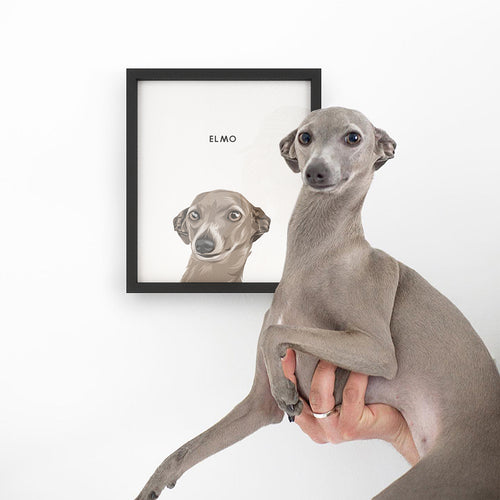
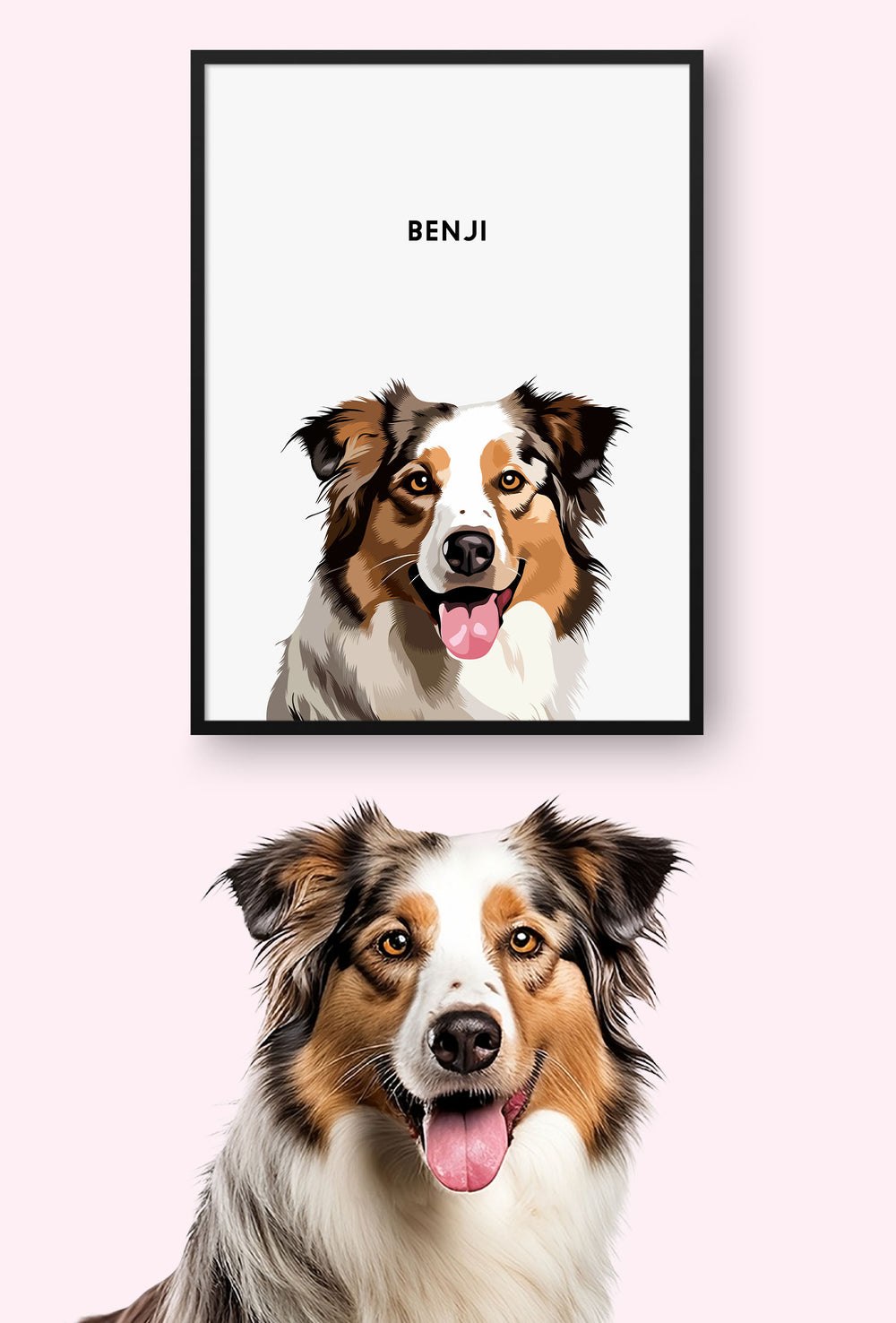

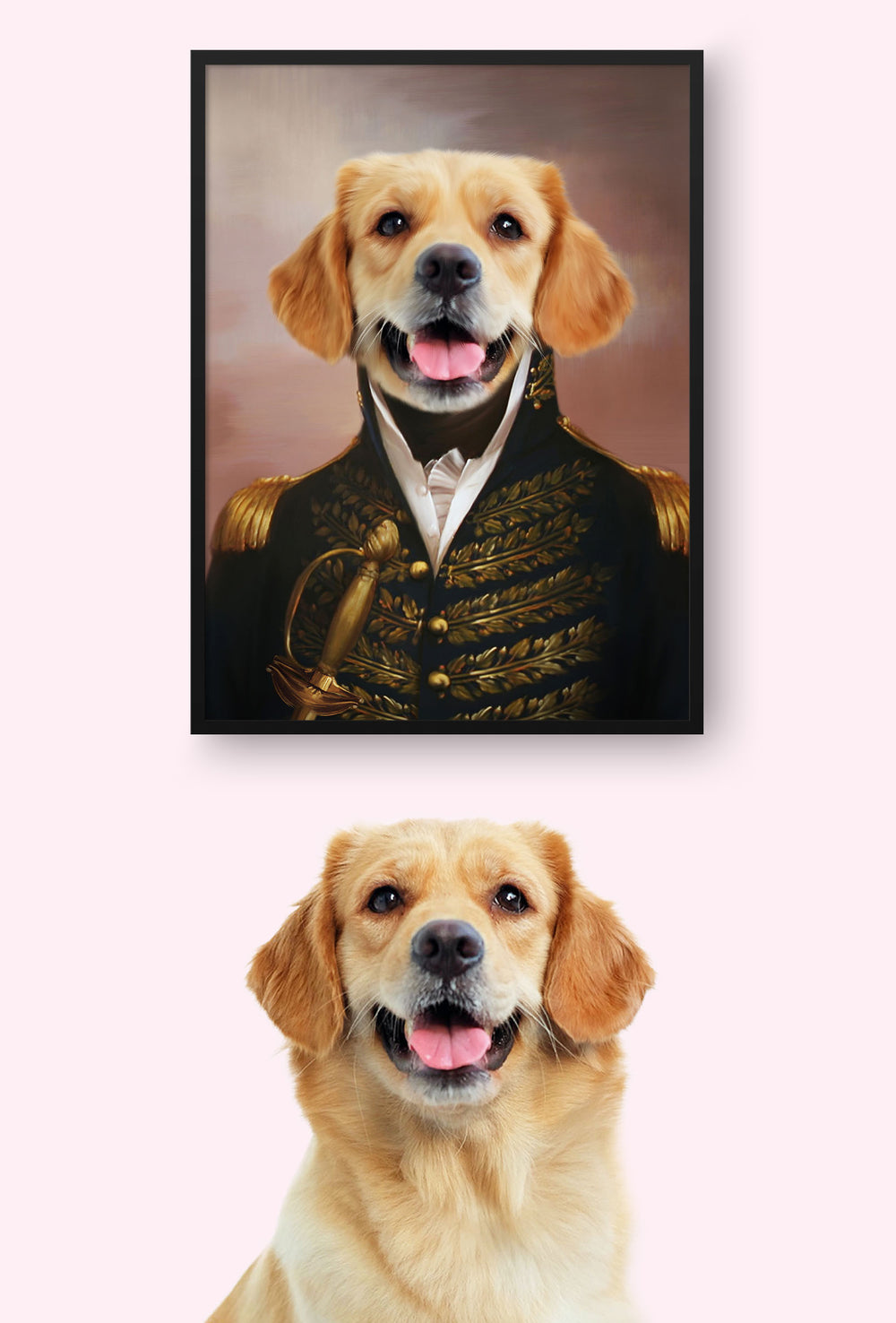






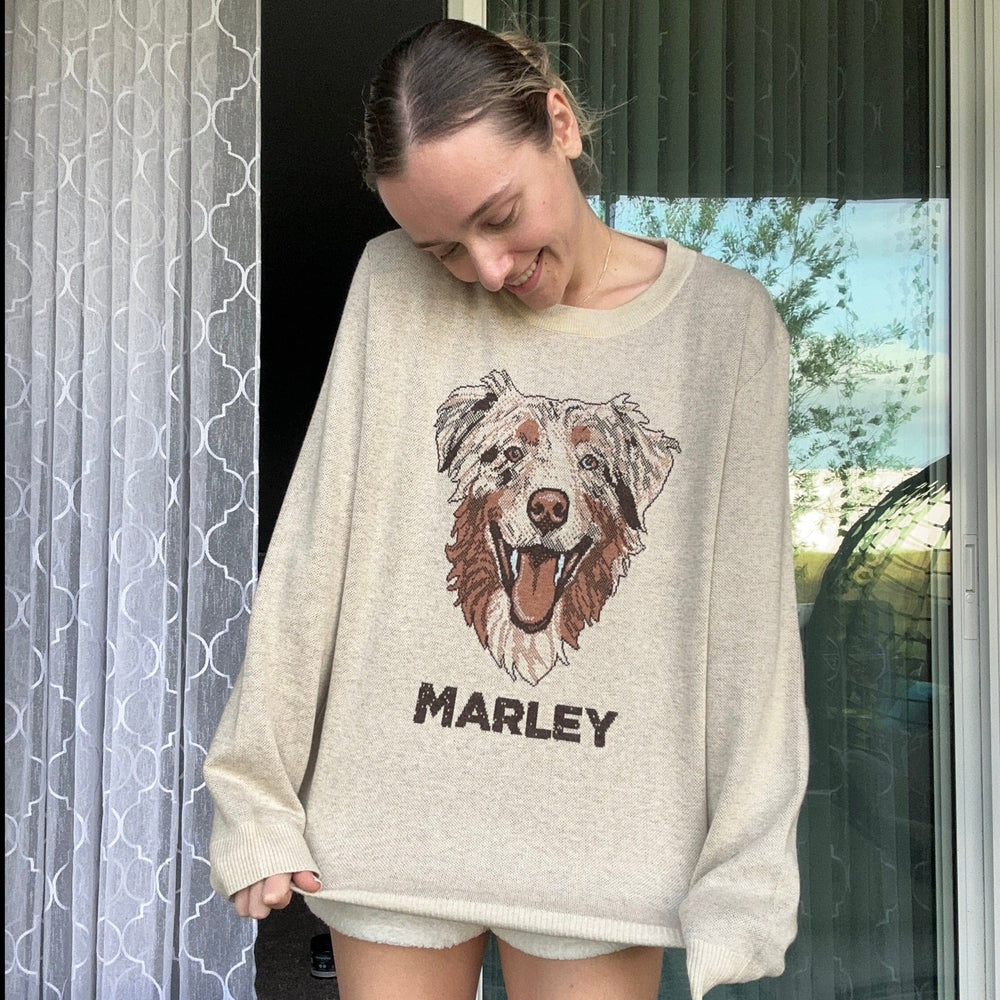
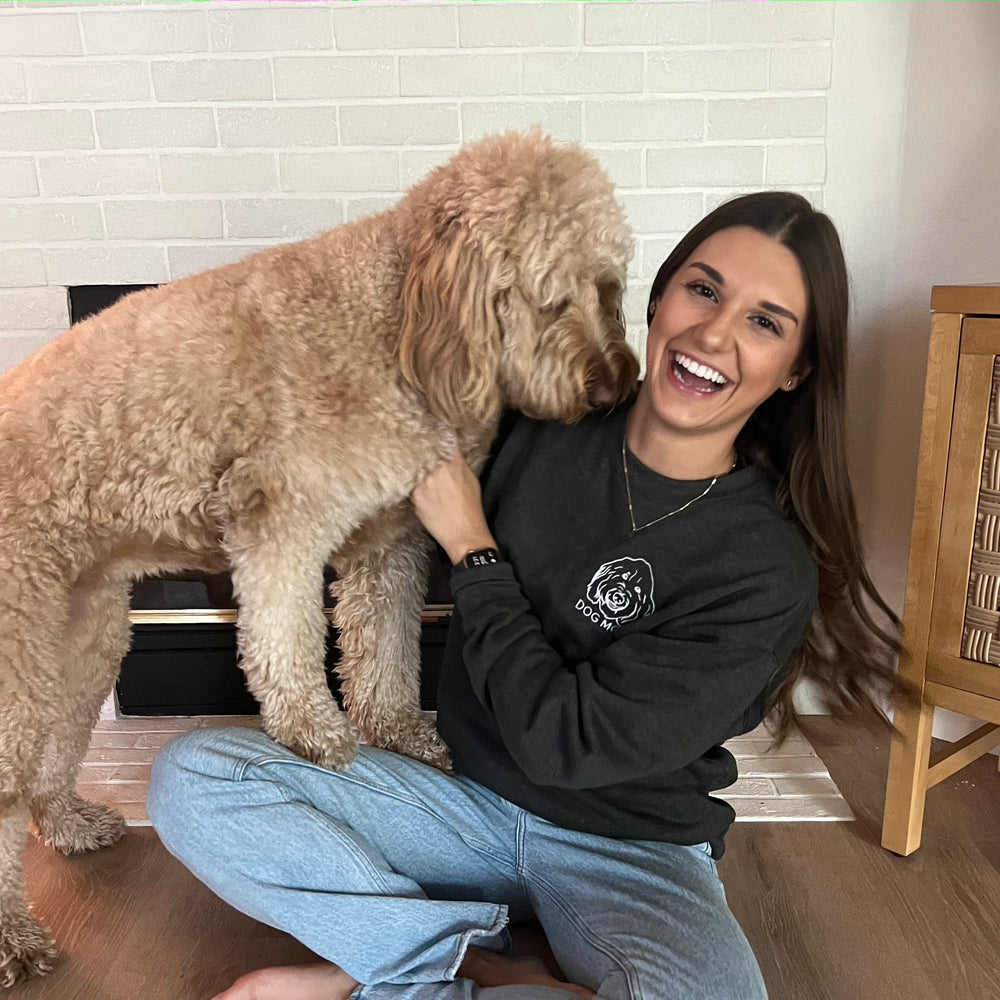
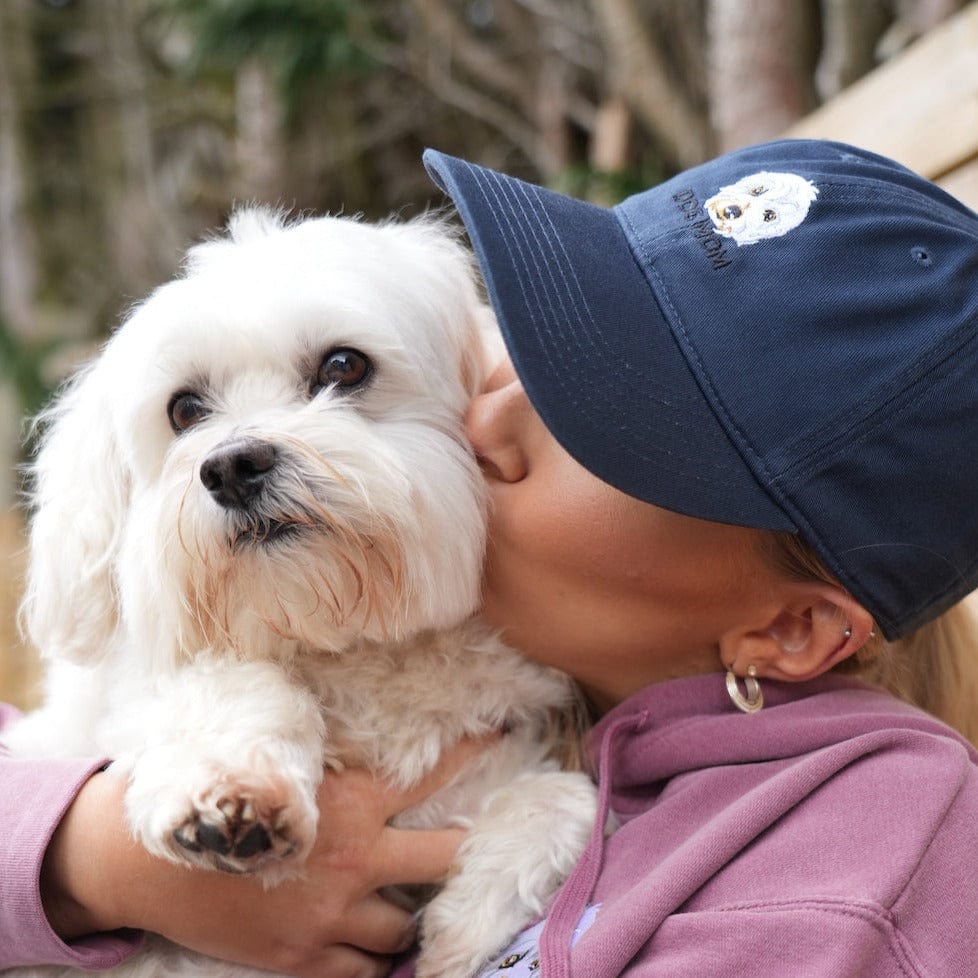
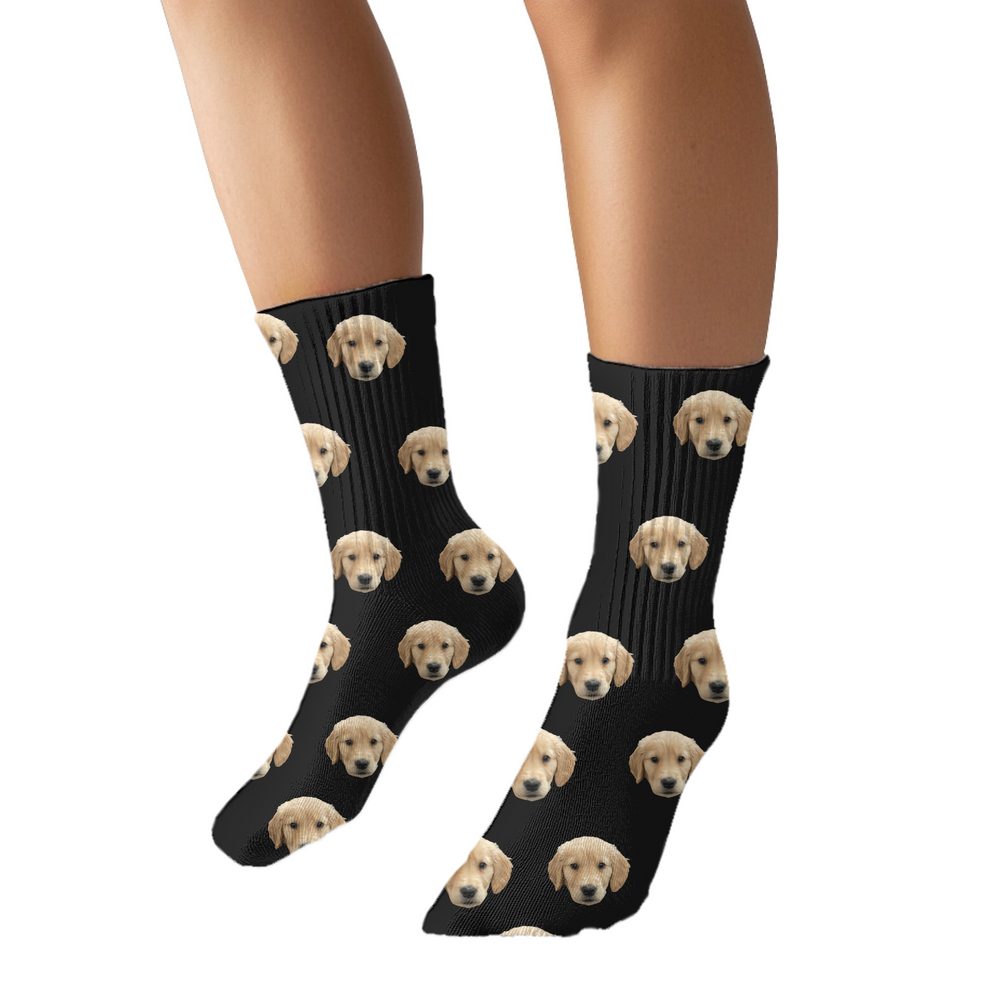




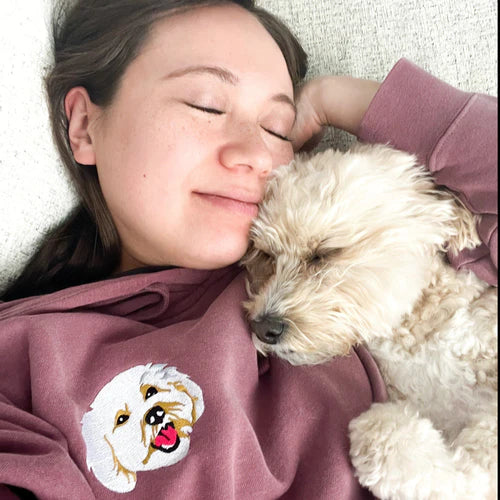





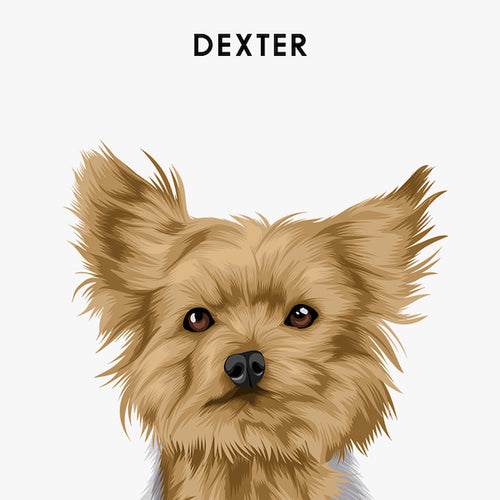






 Reviews
Reviews
 My Account
My Account
 Contact Us
Contact Us
 Help
Help
